
It is a duel in every sense of the word. One of them is large, the other compact. One of them comes with cameras with Hasselblad’s blessing, the other’s cameras are made with Leica. One has a big battery, the other a slightly smaller one. One’s display is curve-y, the other is flat. One goes with a round camera unit, the other with a square one. And so on.
But there’s also a lot that the OnePlus 12 and the Xiaomi 14 share – world-class processors, high-quality displays, super fast charging, Android 14 and much more. And well, they are also perhaps among the first phones that will come to most minds when you head to the market seeking to invest in a flagship for under Rs 70,000. So which of the two should you go for – the big, Hasselblad-bearing Never Settler, or the compact Leica-laden Xiaomi? Let us figure that out for you:
Table of Contents
Looks and appearance: The big and small of it
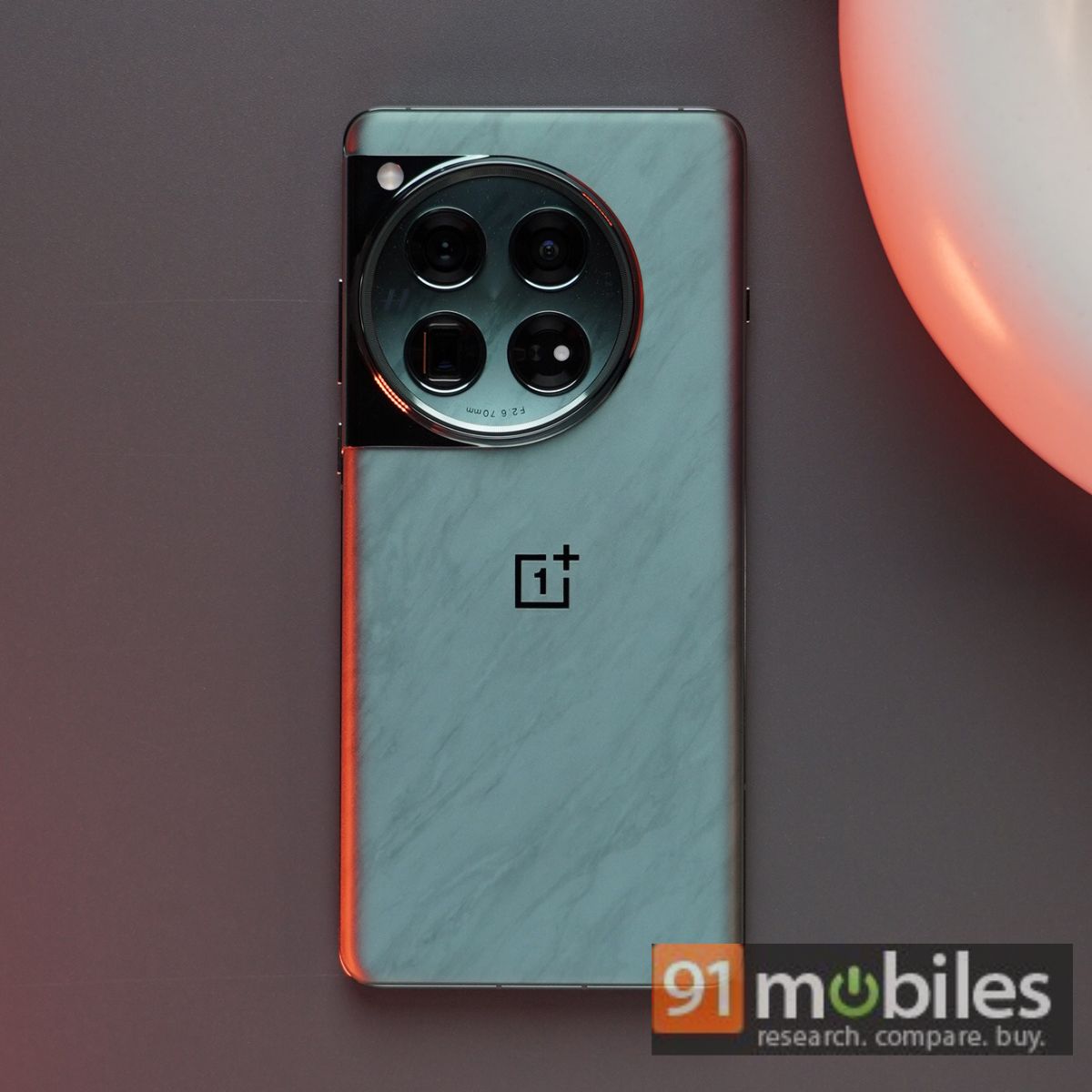
The OnePlus 12 and the Xiaomi 14 both have Gorilla Glass Victus fronts, Gorilla Glass backs and aluminium frames, but there the similarity ends. Both phones come from radically different schools of design. The OnePlus 12 (above) is an unabashedly large phone (164.3 x 75. 8 x 9.2mm) and weighs a rather hefty 220 grams. The Xiaomi 14 on the other hand is very compact (152.8 x 71.5 x 8.2mm) and weighs 193 grams, which is a little heavy for its size (the much smaller iPhone 15 weighs 171 grams), but is still much lighter than the OnePlus 12. In terms of appearance, the OnePlus 12 has a curved front and back and slightly curved sides, while the Xiaomi 14 has a flat front, mainly straight sides and a slightly curved back. 
The most distinct design feature of both phones is the camera unit on their backs – the OnePlus 12 has a large spherical one with Hasselblad branding, while the Xiaomi 14 has a square one with Leica branding. Both phones come with dust and water resistance, though the Xiaomi 14 has a superior IP68 rating (allowing the phone to survive a fall in the water), while the OnePlus 12 has an IP65 rating which makes it pretty much splash and waterjet-proof, but does not protect it from dips in the water. Interestingly, both phones come with green and black variants, with the green ones grabbing more attention (especially in the case of the OnePlus 12, which it has a wave-like design), and the black ones being elegant in an understated manner. Which one you like more is up to you – we can see people loving the green OnePlus 12 variant which looks very different from anything else in the market, but we are going to give this round to the Xiaomi 14, because of its compact design, which is becoming a rarity. We prefer the black variant!
Winner: Xiaomi 14
Display: OnePlus and Xiaomi fight the pixel wars
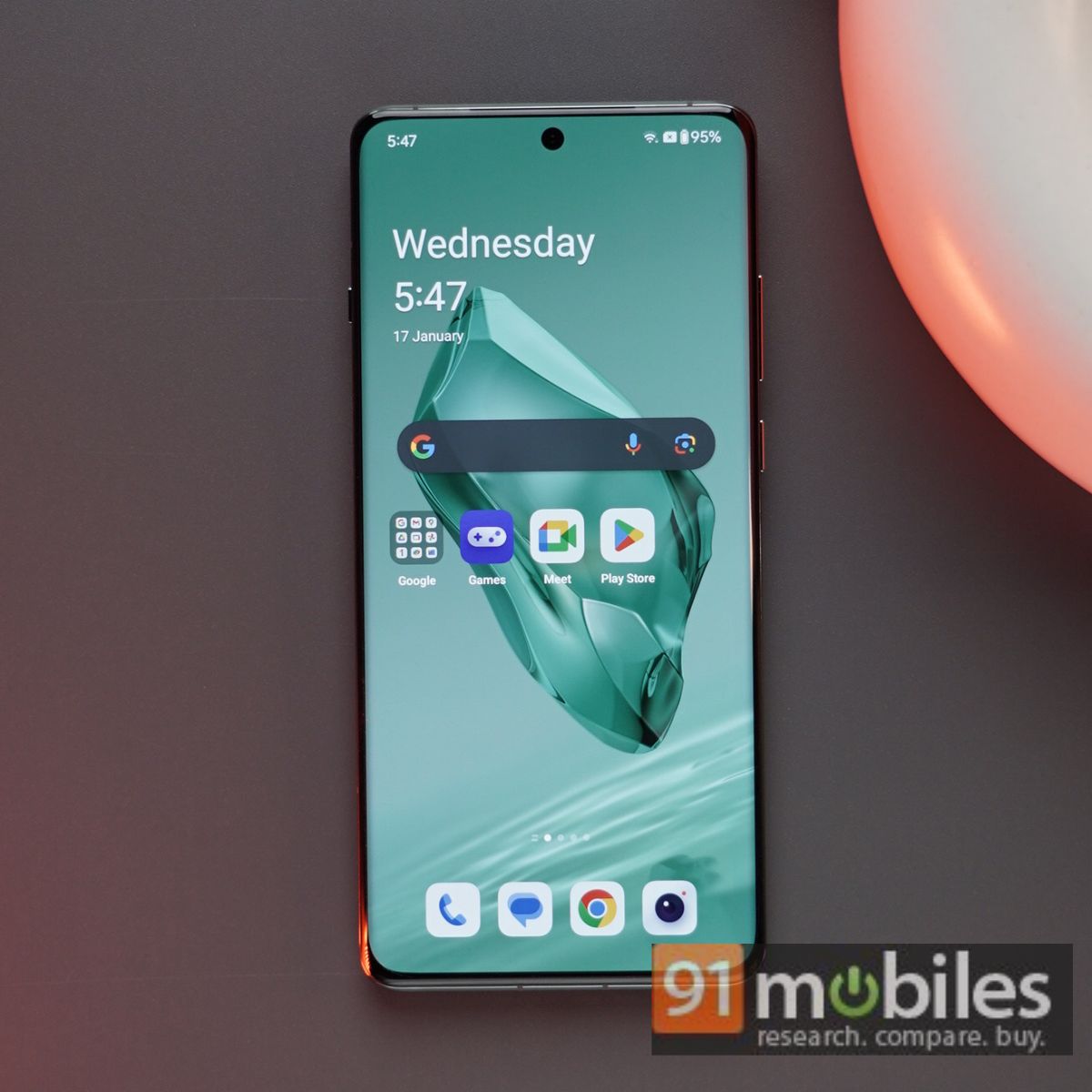
Both phones come with LTPO AMOLED flagship level displays with 120Hz refresh rate that shifts between 1-120Hz depending on the content being shown on it, and with support for HDR10+ and Dolby Vision. The OnePlus 12 however, takes this round. Not only does it have a larger 6.82-inch display as compared to the 6.36-inch one on the Xiaomi 14, it also boasts a much higher resolution of 3,168 x 1,440 as compared to the 2,670 x 1,200 on the Xiaomi 14. The OnePlus 12 also has a much higher peak brightness of 4,500 nits as compared to the 3,000 nits of the Xiaomi 14, and also a higher typical brightness of about 1,600 nits as compared to 1,000 nits of the Xiaomi 14. The Xiaomi 14’s display is one of the best we have seen on a relatively compact flagship, but the OnePlus 12’s display has a clear edge over it.
Winner: OnePlus 12
Processor, RAM and storage: Big bytes on both sides, mega and giga
In processor and RAM terms, both phones are very closely matched. Both run on the Qualcomm Snapdragon 8 Gen 3 chip, the current Android flagship favourite, similar to the one seen on the Galaxy S24 Ultra, and also use speedy and efficient LPDDR5X RAM and UFS 4.0 storage. With the battle this close, it all boils down to the amount of RAM and storage being offered by each device. The Xiaomi 14 has a single RAM and storage variant of 12GB / 512GB, whereas the OnePlus 12 has 12GB / 256GB and 16GB / 512GB variants. The extra RAM variant wins the OnePlus this super close round.
Winner: OnePlus 12
Cameras: Hey Hasselblad, or Le Leica?

The camera battle between the Xiaomi 14 and the OnePlus 12 could merit an entire article in its own right, as both phones come with some serious camera hardware and software developed in association with two of the most respected names in history – Leica in the case of the Xiaomi 14, and Hasselblad in the case of the OnePlus 12. In pure numerical terms, both phones come with triple camera arrangements on the back and a 32-megapixel selfie camera in front. On its back, the OnePlus 12 boasts a 50-megapixel Sony-LYT 808 main sensor with OIS, a 64-megapixel periscope telephoto with OIS and 3x optical zoom and a 48-megapixel ultrawide sensor with autofocus. The Xiaomi 14 on the other hand comes with three 50-megapixel sensors – a main Light Fusion 900 main sensor with OIS, a portrait telephoto sensor with 3.2x optical zoom and OIS, and an ultrawide (but with no autofocus). Both phones come with special shooting modes and filters from the camera brands associated with them, but in terms of image quality, we think the Xiaomi 14 has a clear edge over the OnePlus 12, especially in terms of images taken from the main sensor and in portrait mode. The Xiaomi 14’s cameras have Leica’s trademark colour signature with slightly richer colours and deeper contrasts and are particularly good in black and white shots. The OnePlus 12 tends to fluctuate between being oversaturated and a little too bland. Leica’s special modes are also more innovative than the Hasselblad ones. That said, the OnePlus’ telephoto sensor actually handles zoom better than the Xiaomi 14’s and the presence of autofocus on its ultrawide does make a difference. The Xiaomi 14 seemed to do much better in low light conditions with no effort to artificially brighten the night, something the OnePlus 12 was guilty of. Video quality was about the same – very good – on both phones with both supporting 8K video. We felt that Xiaomi 14 did have an edge on selfies, though, with less aggressive smoothening and better colour handling. The OnePlus 12’s cameras are perhaps the best we have seen on a OnePlus device, but they lose out to the Xiaomi 14’s Leica-flavoured snappers.
Winner: Xiaomi 14
Multimedia and gaming: Big screen and small screen stuff
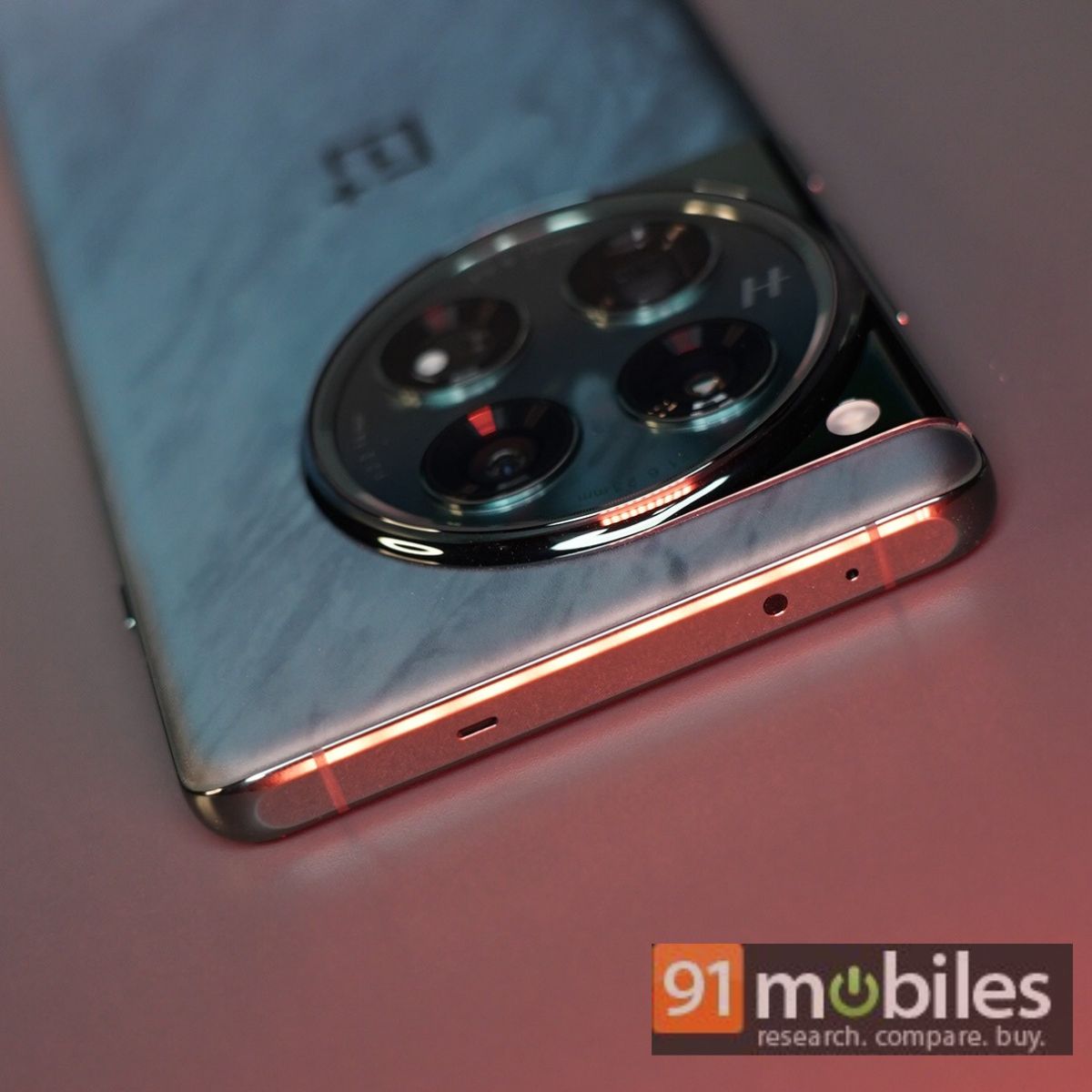
With the sort of hardware they pack in, it is hardly surprising that both the OnePlus 12 and the Xiaomin 14 are absolute masters of gaming and multimedia. Both phones have very good displays and come with superb stereo speakers for a more immersive experience. The blend of Qualcomm Snapdragon 8 Gen 3 processor, LPDDR5X RAM and UFS 4.0 storage make the phones able to handle pretty much everything from high-end gaming (Genshin Impact, Call of Duty, Asphalt, you name it) to video and image editing without any lags or heating issues. While we could not detect any significant difference in the performance of the two phones, there is no doubt that the OnePlus 12’s larger display makes it a better option for viewing content and even for editing and gaming – there is simply more display real estate to play and work on. And it is that extra space on that brighter, bigger display that wins this round for the OnePlus 12.
Winner: OnePlus 12
Software: Inhale Oxygen or be hyped about Hyper?
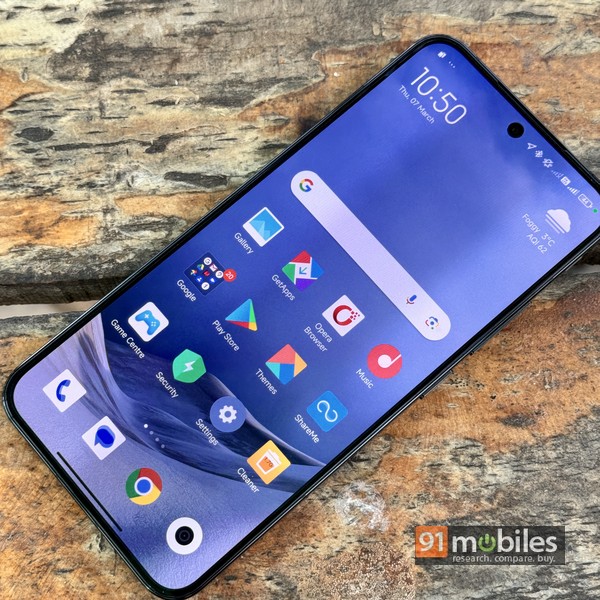
A few months ago, this round would have been a battle of contrast. However, both devices are strikingly similar in the software department now. Both the Xiaomi 14 and the OnePlus run on Android 14. And both have committed to four years of OS updates and five years of security updates. Quite remarkably, the interfaces on the two phones are also similar – OnePlus’ Oxygen OS has been adding system tools and apps over the years and Xiaomi’s new HyperOS comes with a cleaner look, although still with some pre-installed apps. OxygenOS remains the cleaner of the two, but HyperOS comes with tools that let you do more out of the box and now has a much sleeker look to it. It is really a clash of tastes here – those who cannot stand bloat at all are likely to prefer the OnePlus 12, but those who want more editing and sharing apps on their devices out of the box are likely to go for the Xiaomi 14. We are calling this one a tie.
Winner: Tie
General performance: Day-to-day phone-y business

The top-notch hardware and software running within the OnePlus 12 and Xiaomi 14 make them handle everyday tasks like Web browsing, social networking, mail, messaging and the like without any trouble at all. Both phones handle 5G networks well and have good in-display fingerprint scanners (we prefer them on the side, but never mind). Which is better for you really depends on what you value. The OnePlus 12’s larger display gives you a larger viewing and typing area, but the Xiaomi 14’s much more compact form factor makes it easier to handle in general (especially calls!). We are going to give this one to the Xiaomi 14 for being simply easier to carry and use in routine tasks – the better dust and water resistance helps its cause!
Winner: Xiaomi 14
Battery life and charging: mAh matters
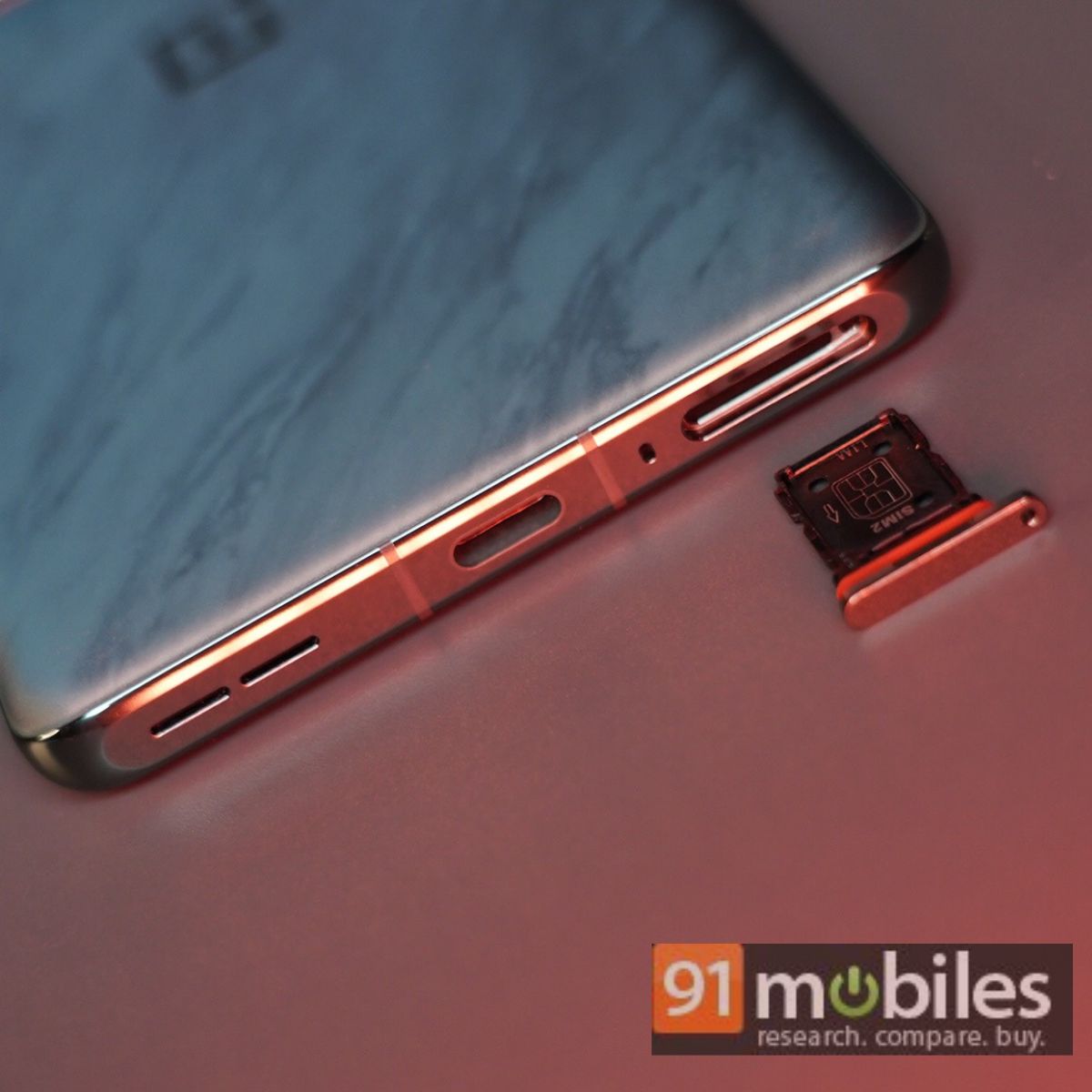
The batteries of the two devices reflect the differences in their sizes. While the OnePlus 12 comes with a large 5,400mAh battery, the Xiaomi 14 comes with a smaller 4,610mAh one. In terms of battery life, the OnePlus 12 initially seemed to drain within a day, but a major software update has improved matters considerably. At the time of writing, the OnePlus 12 had the best battery life of any large display (6.6 inches and above) flagship, with the phone comfortably lasting a day and a half on a single charge, and even two days if one turned down the resolution to FHD+. The Xiaomi 14 on the other hand consistently saw us through a day and a bit more of normal usage. We would say that while the Xiaomi 14 has good battery life, the OnePlus 12 enjoys an edge over it. The same applies to charging speeds. Both phones charge very quickly and come with charges that support super-fast charging in the box. The Xiaomi 14 charges at 90W and gets fully charged in about 35 minutes, while the OnePlus 12 charges at 100W and gets charged fully in about half an hour. Both also support 50W wireless charging, with Xiaomi claiming to get fully charged in 46 minutes and OnePlus 12 in 55. We could not verify the wireless charging speeds as we did not have chargers of those speeds, but suffice to say that if you are using a mainstream 15W wireless charger (as most of us do), the Xiaomi 14 will charge a little faster, thanks to its smaller battery size. All said and done, we are giving this round to the OnePlus 12 for its longer battery and (slightly) faster charging speed. It is not as if the Xiaomi 14 does badly here – it is just that the OnePlus 12 does better.
Winner: OnePlus 12
Price: the buck stops where?
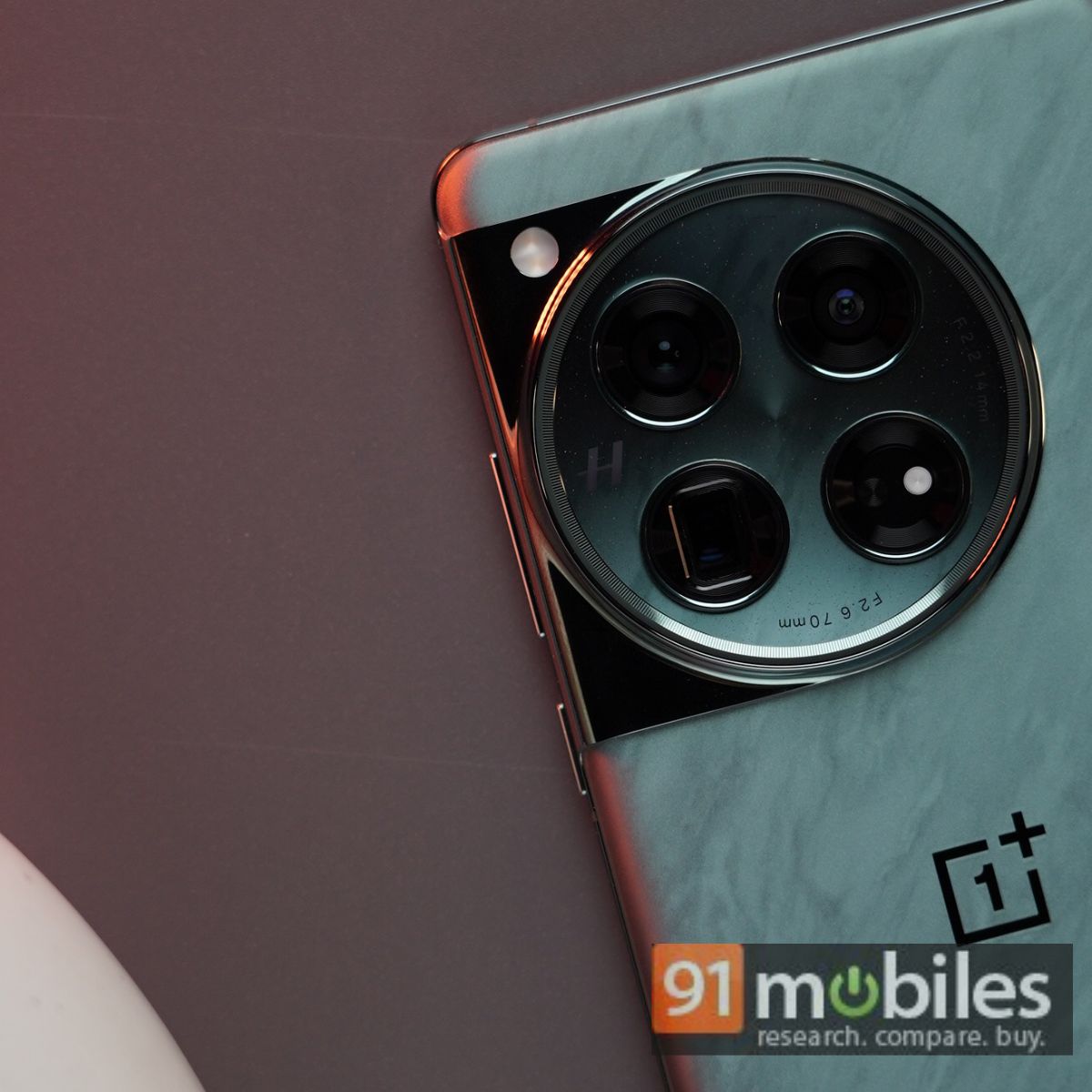
The OnePlus 12 is available in the following RAM and storage variants at these prices:
12GB / 256GB: Rs 65,999
16GB / 512GB: Rs 69,999
In contrast, the Xiaomi 14 is available in a single RAM and storage variant of 12GB / 512GB for Rs 69,999.
In terms of price, the OnePlus 12 has a clear edge here, with a lower starting price for those on a tight budget, and its top 16GB / 512GB version comes at the same price as the Xiaomi 14, which has a sole 12GB / 512GB RAM and storage variant.
Winner: OnePlus 12
Verdict: Which one to go for?
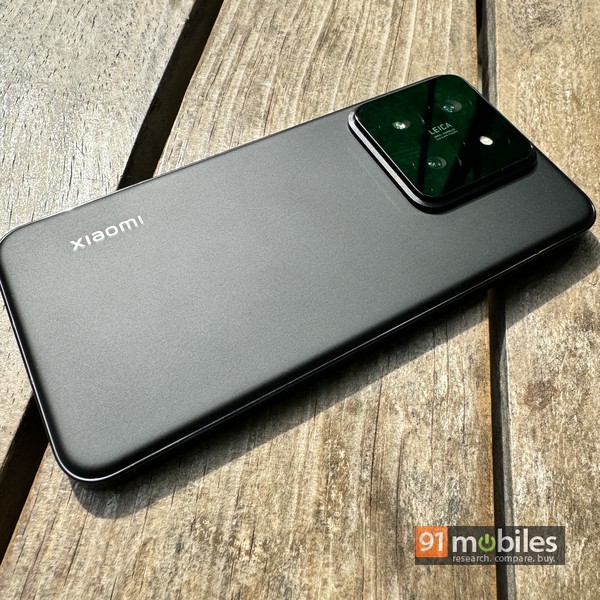
As you can see, the two phones are very evenly matched – the Xiaomi 14 wins on three parameters, the OnePlus 12 on five, with one being tied. However, it needs to be remembered that two of the OnePlus 12’s wins (Processor and RAM, price) stem to an extent from having an additional RAM and storage variant. In terms of performance, both phones are very close to each other. The main difference really comes in terms of cameras and size. The Xiaomi 14’s more compact form factor makes it generally easier to use and its cameras have a definite edge over the OnePlus 12’s in terms of general and portrait photography (although the OnePlus 12 scores in terms of zoom, and having autofocus even on the ultrawide). The OnePlus 12 on the other hand scores in areas where its larger size makes a difference – in terms of a bigger display for gaming and viewing content and being able to pack in a much bigger battery. In simplest terms, this is a battle between two flagships that are very evenly matched, and differ mainly in terms of size and camera performance. And the differences between them are very small – the OnePlus 12’s cameras are very good and the Xiaomi 14’s display is superb, and its battery life is very good indeed.
We will keep this simple – if you value a compact device, and/or consider photography to be very important, then the Xiaomi 14 is not just the better option of the two, but is actually one of the best options out there. On the other hand, if you are looking for a flagship with a big, brilliant display and a big battery, the OnePlus 12 is perhaps as good as it gets in that price zone. Whichever one you opt for, flagship performance is assured!


